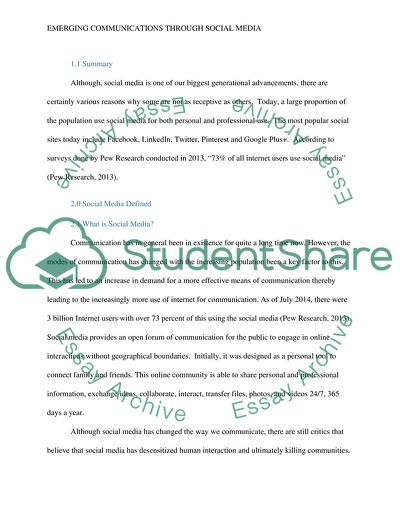Cite this document
(Emerging Communications through Social Media Dissertation - 2, n.d.)
Emerging Communications through Social Media Dissertation - 2. Retrieved from https://studentshare.org/media/1857685-social-media
Emerging Communications through Social Media Dissertation - 2. Retrieved from https://studentshare.org/media/1857685-social-media
(Emerging Communications through Social Media Dissertation - 2)
Emerging Communications through Social Media Dissertation - 2. https://studentshare.org/media/1857685-social-media.
Emerging Communications through Social Media Dissertation - 2. https://studentshare.org/media/1857685-social-media.
“Emerging Communications through Social Media Dissertation - 2”, n.d. https://studentshare.org/media/1857685-social-media.


